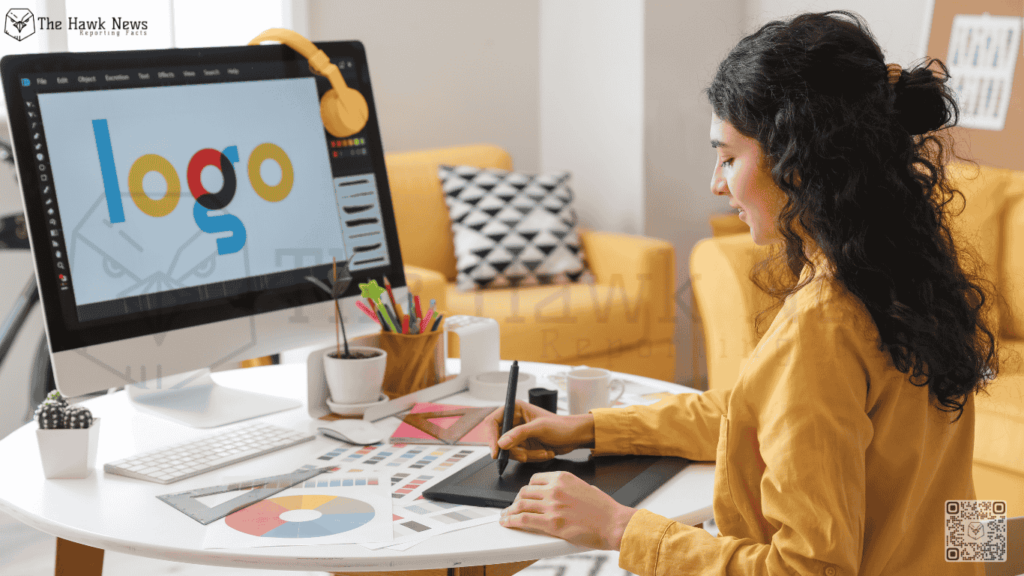
Introduction
The shift to remote work has reshaped our understanding of productivity and comfort. A well-thought-out home office is now an essential part of maintaining efficiency and overall well-being in the remote working era. Beyond functionality, modern designs aim to enhance creativity, support health, and promote a harmonious work-life balance.
This article examines evolving trends in home office setups, exploring how design choices can improve productivity, ensure comfort, and foster a healthy balance between work and personal life.
Why Home Office Design Matters
Home offices are more than just workspaces; they’re environments that influence how we think, feel, and perform. Poor design can lead to distractions, discomfort, and reduced productivity. Conversely, a well-designed office:
- Boosts Focus: A clutter-free, organized setup minimizes distractions.
- Enhances Comfort: Ergonomic furniture prevents strain and fatigue.
- Supports Mental Health: Natural light and personalized touches improve mood and reduce stress.
Core Elements of Productive Home Offices
Several key design principles help create effective and enjoyable home workspaces:
- Ergonomics:
- Choose an adjustable chair with lumbar support.
- Position your monitor at eye level and your desk at a suitable height.
- Lighting:
- Natural light energizes and improves focus. Place your desk near a window.
- Supplement with task lighting and ambient illumination for evening work.
- Colors and Textures:
- Colors can influence mood and productivity. Blue fosters calm, green refreshes, and yellow stimulates creativity.
- Decluttering:
- Use shelves, organizers, and hidden storage to keep your workspace tidy.
- Digital decluttering, like file organization, also aids focus.
- Sound Control:
- Minimize noise with soundproofing materials or white noise machines.
Emerging Trends in Home Office Design
Remote work has inspired innovative trends in home office setups:
- Biophilic Design:
- Incorporate plants, wood, and natural materials to create a calming atmosphere.
- Multi-Functional Spaces:
- Use adjustable furniture and layouts for seamless transitions between work and relaxation.
- Technology Integration:
- Adopt smart home tech like voice assistants, automated lighting, and climate control.
- Minimalist Aesthetic:
- Clean lines and clutter-free spaces encourage focus.
- Personalized Touches:
- Add family photos, motivational art, or decor that reflects your personality.
Creating Work-Life Balance Through Design
Design can help separate professional and personal spheres, addressing the challenges of remote work:
- Dedicated Workspace:
- Establish a clear boundary between your work zone and living space.
- Relaxation Areas:
- Include a cozy chair or small nook for breaks.
- Daily Rituals:
- Use physical cues, like turning off your desk lamp, to signal the end of your workday.
- Wellness Features:
- Incorporate standing desks or exercise equipment to promote movement.
Sustainability in Home Offices
Eco-friendly design is becoming a priority for home offices:
- Energy Efficiency:
- Use LED lighting and energy-saving devices.
- Sustainable Materials:
- Opt for furniture made from recycled or renewable materials like bamboo or reclaimed wood.
- Air Quality:
- Non-toxic paints and air-purifying plants improve indoor air quality.
Psychological Benefits of Thoughtful Design
A well-designed workspace not only enhances productivity but also supports mental well-being:
- Reduced Stress:
- Aesthetic and organized spaces promote calmness.
- Increased Creativity:
- Inspiring decor and open layouts encourage innovative thinking.
- Improved Motivation:
- Personalized elements boost morale and energy.
Examples of Effective Home Office Setups
- Creative Studios:
- Include vibrant colors, multi-functional tools, and brainstorming spaces.
- Wellness-Focused Offices:
- Use ergonomic furniture, yoga mats, and calming natural elements.
- Minimalist Spaces:
- Stick to neutral tones, clean lines, and decluttered surfaces.
Conclusion
Home office design has evolved to meet the demands of modern remote work, emphasizing both productivity and comfort. By focusing on ergonomics, natural elements, and personalized touches, individuals can create spaces that enhance efficiency and well-being.
As sustainability and biophilic design take center stage, these trends promise to redefine home offices for the better. Investing in a thoughtfully designed workspace ultimately supports not just productivity, but also health and a fulfilling work-life balance.